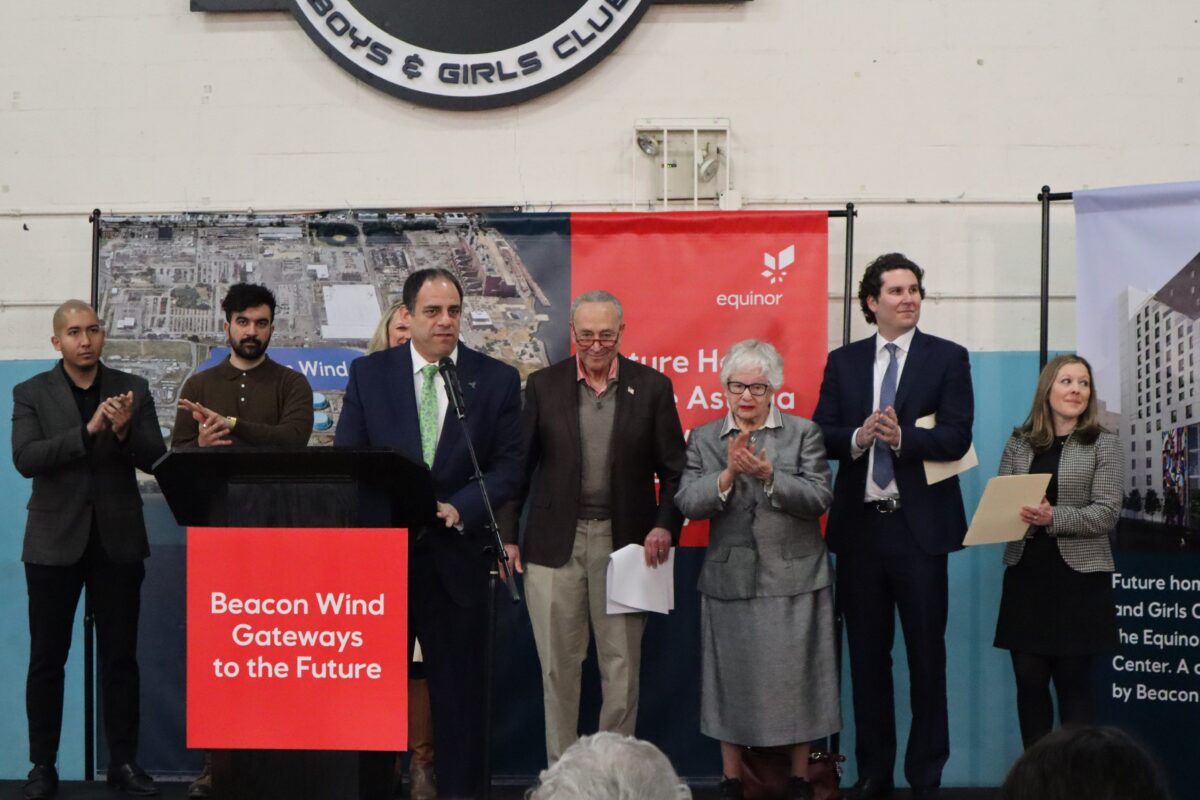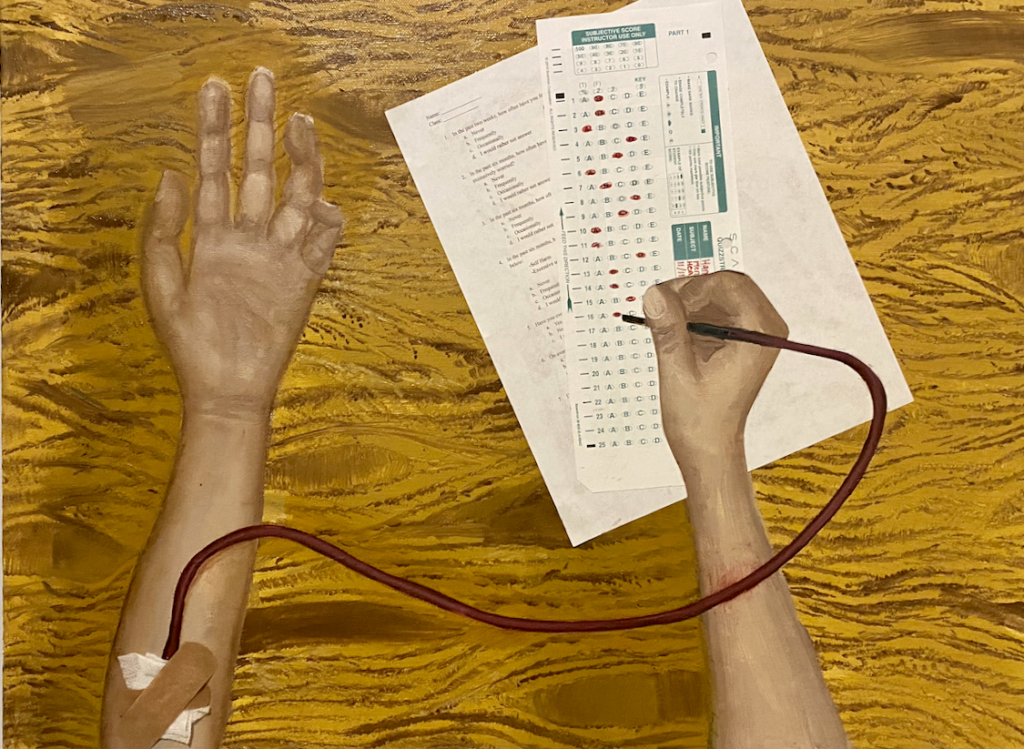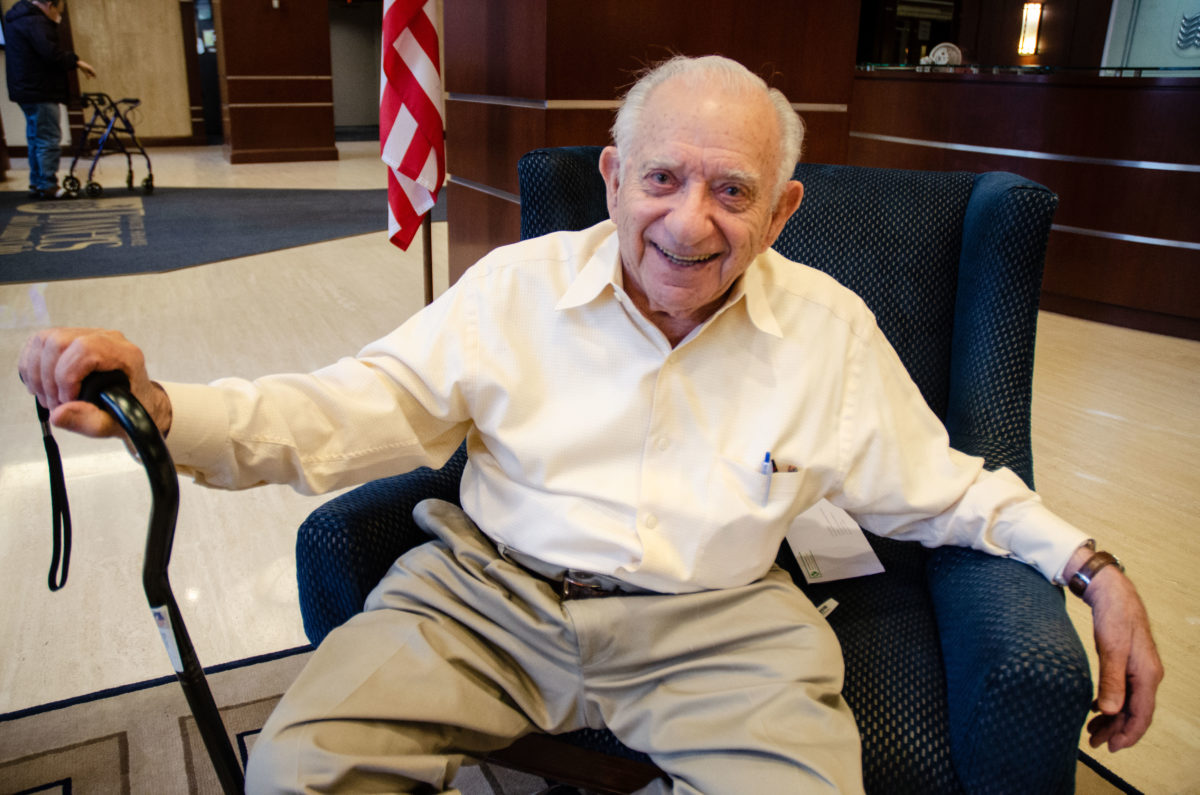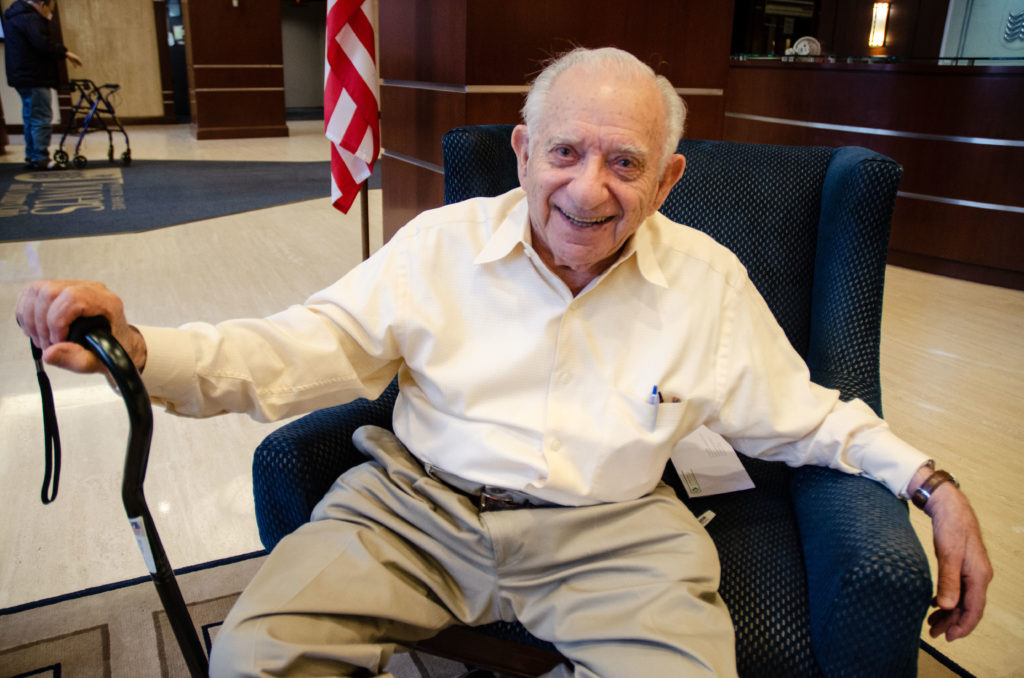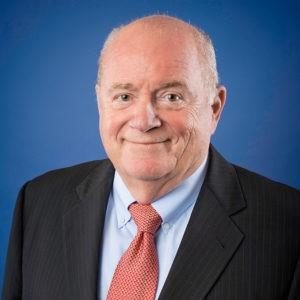Queens Centers for Progress hosts ‘Evening of Fine Food’
By Stephanie Meditz
news@queensledger.com
From fine cuisine that reflects Queens’ diversity to Jim Altamore’s smooth Frank Sinatra covers, Queens Centers for Progress’s 27th annual “Evening of Fine Food” was a night to remember.
Over 40 vendors donated their time and food to an event that raises funds for children and adults in the borough with developmental disabilities.
Attending restaurants included Aigner Chocolates in Forest Hills, Bourbon Street in Bayside and Mezze in Whitestone.
“QCP is all about community,” Wendy Gennaro, QCP’s director of development, said. “Our ultimate goal is to enrich the community by promoting independence, inclusion and integration of the people who we serve.”
To raise money for its services, QCP offered several raffles and a silent auction.
“The story of this organization is amazing, going back 70 years. [It] started as a group of families whose children needed services, and they wanted to share that need, that hope,” presenter Greg Mocker from PIX11 said. “It grew into what we are today, now providing service and support to 1,200 individuals with intellectual disabilities…The goal of the services is to create what we all want: a better quality of life.”
Each Evening of Fine Food gives “Chef of the Year” awards to community members who dedicate themselves to the wellbeing and culture of the Queens community.
QCP honored The Leadership Team at Stop & Shop with a Chef of the Year award for their commitment to its supported employment program.
Various Stop & Shop locations throughout the borough have hired individuals who receive services, and employment has given them a stable income and a sense of community.
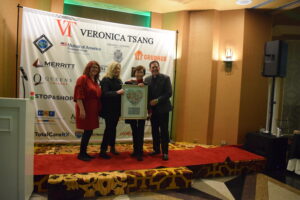
QCP recognized Veronica Tsang as a diamond sponsor.
Melissa Cange, QCP’s assistant director of vocational services, presented The Leadership Team at Stop & Shop with their award.
“We would like to thank Stop & Shop for their decades of support and partnership that has allowed people in our program the opportunity to become more independent through employment,” she said.
Queens College President Frank Wu was also honored with a Chef of the Year award.
He has dedicated his career in law and higher education to celebrating diversity and empowering Queens residents to reach their fullest potential.
“It’s just great to be Chef of the Year working with a charity that does so much throughout the borough,” he said. “Let’s continue to help everyone in our community reach their best.”
The third Chef of the Year award went to Brett Swanson, senior manager of community affairs and social impact at Grubhub.
“I really focus on supporting our local independent restaurants as well as addressing food insecurity…around the five boroughs of New York City,” he said. “This is my brainchild, we started this over a year ago. I want to get to those who need food the most.”
The Claire Shulman Spirit of Community award commemorates her legacy — she was a registered nurse at Queens Hospital Center and later the first woman to be Queens Borough President.
The award recognizes a community member who embodies her love for the Queens community.
NYPD Detective Tanya Duhaney was this year’s recipient.
“Detective Tanya Duhaney’s social media accounts are filled with endless selfies, including smiling faces of colleagues and the people whom they serve. For this selfless 24-year veteran of the NYPD, this comes as no surprise,” deputy chief Christine Bastedenbeck said. “For her kindness and her compassion, she is able to build a bridge between the police department and the community. She knows that in the process, she is helping people in the neighborhood of Southeast Queens, which is where she grew up.”
Duhaney led several events for Patrol Borough Queens South’s Community Affairs unit, including senior luncheons, barbecues for children living in shelters and parades for people with disabilities.
“Even though I am from Southeast Queens, I go everywhere. And now I’m citywide, so I’m able to spread love more throughout the city of New York. I’m able to help more people in need, regardless of anything,” she said.
QCP executive director Terri Ross recognized Veronica Tsang as a diamond sponsor for her generosity and dedication to the organization.
Also in attendance was Queens Borough President Donovan Richards.
“Coming out of this pandemic, we know that those with disabilities suffered more than anyone else, because historically there has not been a lot of support for our individuals with disabilities,” he said. “But this organization, the work that you’re doing each and every day to support those who are not victims but victors in their struggle, is something that we want to commend you for.”
Richards expressed his hope to install more housing and services in Queens to support people with disabilities.
“One of the things I love about being Borough President is that you can really get a taste of the world right here in Queens County,” he said.
QCP’s sponsors donated almost $100,000 to Evening of Fine Food.
“We really would not be able to pull this off without our sponsors. These are the true heroes of the evening,” Ross said.



